Creating the perfect habitat for your shelled friend requires careful planning and thoughtful design. A well-executed turtle tank not only provides essential environmental elements for your turtle’s health but can also serve as a stunning focal point in your home. The art of balancing functionality with aesthetics is what separates a basic setup from an extraordinary aquatic ecosystem. In this comprehensive guide, we’ll explore how to create a turtle habitat that meets all your pet’s biological needs while satisfying your desire for a visually appealing display that enhances your living space.
Understanding Your Turtle’s Natural Habitat

Before purchasing a single piece of equipment, take time to research the specific species of turtle you own or plan to acquire. Different turtle species have evolved in diverse environments—from tropical rivers to temperate ponds—and their captive habitat should reflect these origins. Semi-aquatic turtles like Red-Eared Sliders need both swimming areas and dry basking spots, while predominantly aquatic species such as Softshell turtles require more extensive swimming space. Understanding your turtle’s natural behaviors, such as diving depths, basking habits, and environmental preferences, provides the blueprint for creating an appropriate habitat that will support both physical health and natural behaviors. This species-specific knowledge is your foundation for all subsequent design decisions.
Selecting the Right Tank Size

When it comes to turtle tanks, the adage “bigger is better” genuinely applies. As a general rule, provide at least 10 gallons of water per inch of turtle shell length, with additional space for growth as your turtle matures. A juvenile Red-Eared Slider might start in a 40-gallon tank, but will eventually require 75-100 gallons as an adult. Inadequate space leads to poor water quality, stress, and potential health issues for your turtle. Consider the tank’s dimensions carefully—turtles benefit more from horizontal space than vertical height, as they need room to swim and explore. Remember that many turtle species can live for decades, so investing in an appropriately sized tank from the start can save money and hassle down the road.
Creating an Effective Filtration System

Turtles are notoriously messy creatures, producing significant waste that quickly compromises water quality without proper filtration. Invest in a filter rated for at least two to three times your actual water volume—if you have a 75-gallon tank, look for filters rated for 150-225 gallons. Canister filters generally provide the best combination of mechanical, biological, and chemical filtration for turtle tanks, with the added benefit of being housed outside the tank to maximize swimming space. External filters also allow for easier maintenance without disturbing your turtle’s environment. Supplement your main filter with regular water changes, removing approximately 25% of the water every 1-2 weeks to maintain optimal water parameters and clarity. This investment in filtration will pay dividends in both your turtle’s health and the visual appeal of your setup.
Establishing Proper Heating and Lighting

Turtles are ectothermic (cold-blooded) reptiles that rely on environmental heat sources to regulate their body temperature and metabolic functions. Create a temperature gradient within your tank, maintaining water temperatures between 75-80°F for most common pet species, with a submersible aquarium heater controlled by an accurate thermometer. Equally important is providing a dry basking area with temperatures between 85-95°F, achieved using a heat lamp or ceramic heat emitter positioned above the basking platform. UVB lighting is non-negotiable for turtle health, as it enables proper calcium metabolism and prevents metabolic bone disease. Install a high-quality UVB bulb that covers the basking area, replacing it every 6-12 months even if it still produces visible light, as the UVB output diminishes over time. These elements working in concert create the microenvironments your turtle needs for proper thermoregulation and vitamin synthesis.
Designing a Natural-Looking Basking Area

The basking area serves as both a functional necessity and a focal point in your turtle tank design. Create a platform that extends above the water line, providing enough space for your turtle to completely exit the water and dry off. Commercial turtle docks work well, but for a more naturalistic appearance, consider using stacked rocks, driftwood, or cork bark arranged to form a stable, easily accessible ramp from water to dry land. Secure all elements firmly to prevent collapse, which could potentially injure your turtle or damage tank components. Position the basking area directly under your heat and UVB lamps to create an effective basking zone. For added visual appeal, incorporate live or artificial plants around the basking area to create a more naturalistic transition between water and land, always ensuring that your turtle can easily navigate to and from its basking spot.
Choosing Substrate That Balances Function and Aesthetics

Substrate selection significantly impacts both your tank’s appearance and functionality. For predominantly aquatic setups, options range from bare-bottom tanks (easiest to clean but less natural-looking) to various gravels and sands. Medium-sized aquarium gravel (too large to be accidentally ingested) offers a good balance, providing an attractive natural look while allowing waste to settle where it can be removed during maintenance. In land areas, coconut coir, orchid bark, or reptile-safe soil can create a naturalistic environment that allows for burrowing behaviors in species that enjoy this activity. Avoid calcium-based substrates like crushed coral or aragonite sand, as these can alter water chemistry, and steer clear of small particles that could be ingested and cause impaction. Whatever substrate you choose, establish a regular maintenance schedule that includes stirring the substrate during partial water changes to prevent anaerobic pockets from developing.
Incorporating Aquatic Plants and Decorations

Thoughtfully chosen plants and decorations transform a basic turtle tank into a visually striking aquascape while providing environmental enrichment for your pet. For live plants, select tough species that can withstand turtle interaction, such as Java fern, Anubias, Amazon sword, or water lilies—attaching plants to rocks or driftwood rather than planting in substrate can prevent uprooting. If your turtle tends to destroy or eat live plants, high-quality silk plants provide a maintenance-free alternative that still offers natural aesthetics and hiding places. Incorporate caves, tunnels, and varied swimming levels using driftwood, slate, or commercially available reptile decor to create a complex environment that encourages natural behaviors. Ensure all decorations are smooth without sharp edges that could injure your turtle, and arrange them to create defined swimming channels and hiding spots while still maintaining open areas for unobstructed movement.
Maintaining Excellent Water Quality

The foundation of a healthy turtle environment is pristine water quality, which requires ongoing attention beyond your initial filtration setup. Test water parameters weekly using a reliable aquarium test kit, monitoring ammonia, nitrite, nitrate, and pH levels—aim for zero ammonia and nitrite, nitrates below 40ppm, and a stable pH appropriate for your specific turtle species. Establish a regular maintenance schedule that includes partial water changes, filter cleaning, and substrate vacuuming to remove accumulated waste and refresh water parameters. Consider adding beneficial bacteria products designed for aquatic environments to help establish and maintain the nitrogen cycle in your filtration system. Recognize that visual clarity doesn’t always indicate good water quality—crystal-clear water can still contain harmful ammonia levels, which is why regular testing is essential. This consistent maintenance routine not only ensures your turtle’s health but also preserves the beauty of your aquatic display.
Creating Visual Depth with Aquascaping Techniques

Apply fundamental aquascaping principles to create a visually captivating turtle habitat that appears more spacious and natural. Utilize the rule of thirds by positioning focal elements (like distinctive rocks or driftwood) at intersection points that naturally draw the eye through the tank. Create depth by placing larger decorations toward the back and smaller elements in the foreground, establishing a sense of perspective that makes your tank appear larger than its actual dimensions. Consider color theory in your design choices—contrasting dark substrate with lighter rocks and wood creates visual interest, while selecting plants with varied leaf shapes and textures adds complexity. Create natural-looking groupings rather than symmetrical arrangements, as asymmetry tends to appear more authentic and visually pleasing. These design principles can transform even a modestly sized turtle habitat into an impressive display that captures attention and complements your home decor.
Balancing Open Swimming Space with Enrichment

While decorative elements enhance your tank’s appearance, maintaining adequate open swimming space is crucial for your turtle’s physical health and natural behaviors. Aim to keep at least 60% of the water volume as unobstructed swimming space, particularly in the central areas of the tank. Position decorations primarily along the sides and back of the aquarium, creating a frame that enhances visual appeal without impeding movement. Consider your turtle’s specific needs—more active species like Painted turtles benefit from longer, uninterrupted swimming channels, while shy species like Musk turtles appreciate additional hiding spots. Observe your turtle’s behavior after setting up the tank, noting whether it uses all areas comfortably or seems stressed in certain sections, and be willing to rearrange elements based on these observations. This balance between aesthetics and functionality ensures your turtle can exercise properly while still enjoying environmental enrichment.
Selecting Equipment That Complements Your Design

Modern aquarium equipment doesn’t need to detract from your carefully designed turtle habitat. Choose filters, heaters, and other necessary components with slim profiles or options that can be concealed behind decorations or background materials. External canister filters eliminate bulky in-tank equipment, while submersible heaters can be positioned vertically behind tall plants or decorations to minimize visual impact. For lighting, consider LED systems with slim housings that provide proper spectrum for both turtle health and plant growth while maintaining a sleek, contemporary appearance. Hide equipment cords by routing them together and disguising them with background materials or strategic decoration placement. When equipment must remain visible, select items with consistent coloring (usually black) that blends into the background rather than drawing attention. This thoughtful integration of functional elements preserves the natural aesthetic of your turtle habitat.
Installing Attractive and Functional Backgrounds

A well-chosen background instantly elevates your turtle tank’s appearance while providing practical benefits. Three-dimensional backgrounds made from non-toxic materials create realistic rock or root formations that add depth and hide equipment while providing additional climbing surfaces for semi-aquatic species. For a simpler approach, external backgrounds applied to the outside of the tank offer visual enhancement without reducing internal space—options range from commercial aquarium backgrounds to DIY solutions using paint or printed materials. Internal backgrounds can be created using slate tiles attached with aquarium-safe silicone, creating a natural stone wall effect that turtles can interact with. Consider extending your background to cover the sides of the tank as well, particularly if the aquarium is visible from multiple angles. This design element frames your aquatic display and helps your turtle feel more secure by reducing visual stimulation from outside the tank.
Maintaining the Beauty of Your Turtle Habitat

Creating a beautiful turtle tank is just the beginning—maintaining its aesthetic appeal requires regular attention and preventive measures. Establish a cleaning routine that includes wiping down glass surfaces to remove water spots and algae, trimming or replacing overgrown plants, and refreshing decorations that may become discolored over time. Address algae problems promptly by identifying and correcting the underlying causes, which might include excessive lighting duration, nutrient buildup, or inadequate filtration. Consider adding algae-eating fish that are compatible with turtles, such as larger species of plecostomus, to help control algae growth naturally. Develop seasonal maintenance schedules for deeper cleaning tasks like rinsing substrate or replacing filter media, timing these activities to minimize disruption to your turtle’s routine. With consistent care and occasional refreshing of design elements, your turtle habitat can maintain its stunning appearance for years while providing a healthy environment for your reptilian companion.
Creating a turtle habitat that successfully balances beauty with functionality requires thoughtful planning, species-specific knowledge, and ongoing maintenance. By incorporating natural elements, considering your turtle’s biological needs, and applying basic design principles, you can create an aquatic ecosystem that serves as both a healthy home for your pet and a living piece of art in your space. Remember that the most beautiful turtle tank is one where your turtle thrives—when your reptilian friend is active, healthy, and demonstrating natural behaviors, the habitat truly comes alive. With patience and attention to detail, your turtle tank can become a conversation piece that brings the serene beauty of natural aquatic environments into your home for both you and your turtle to enjoy for years to come.

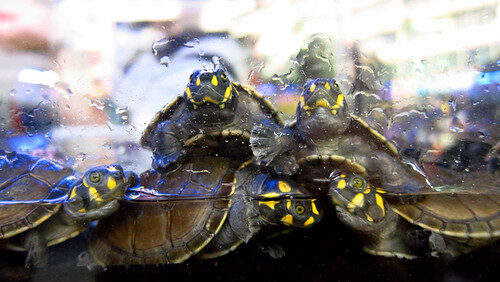
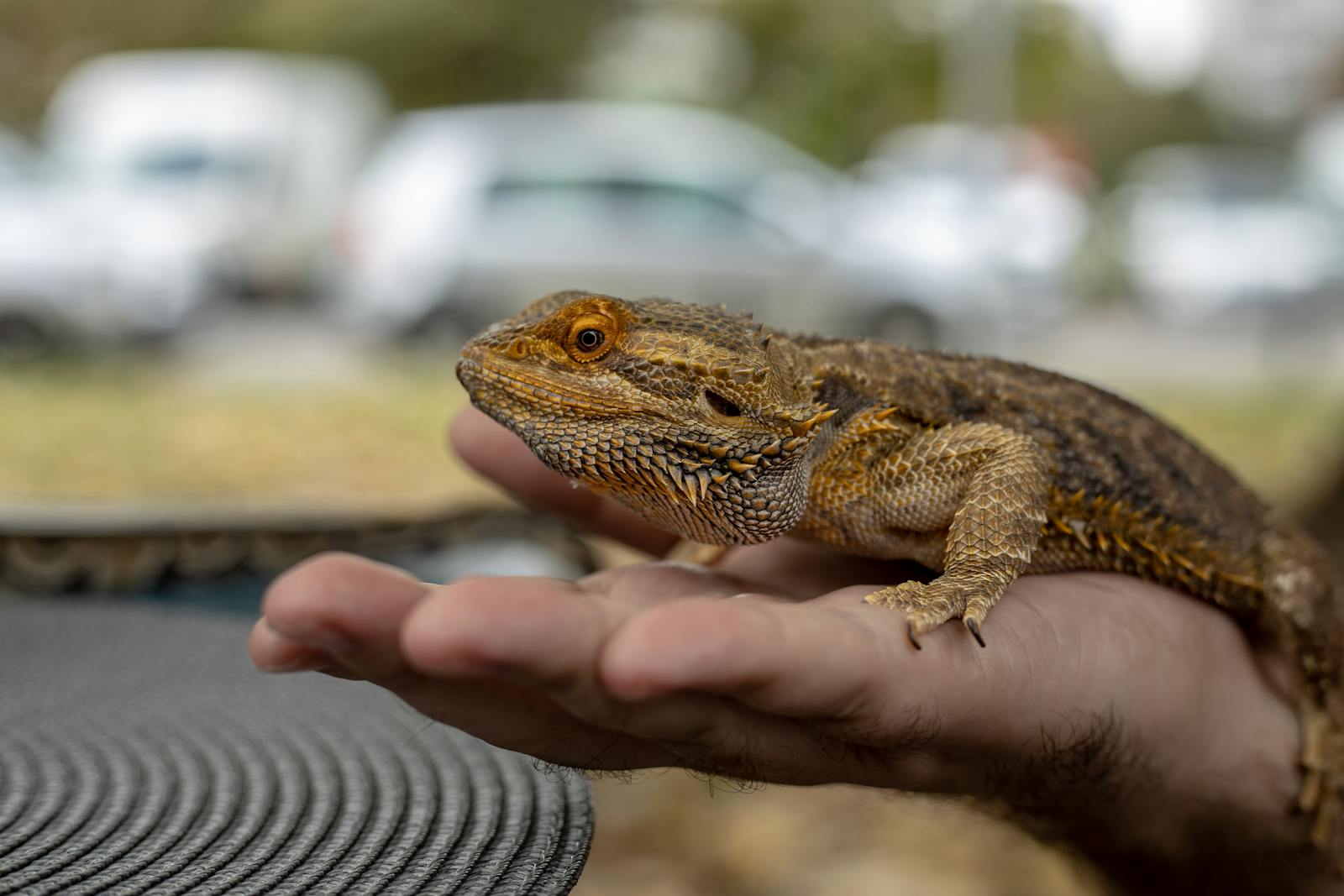
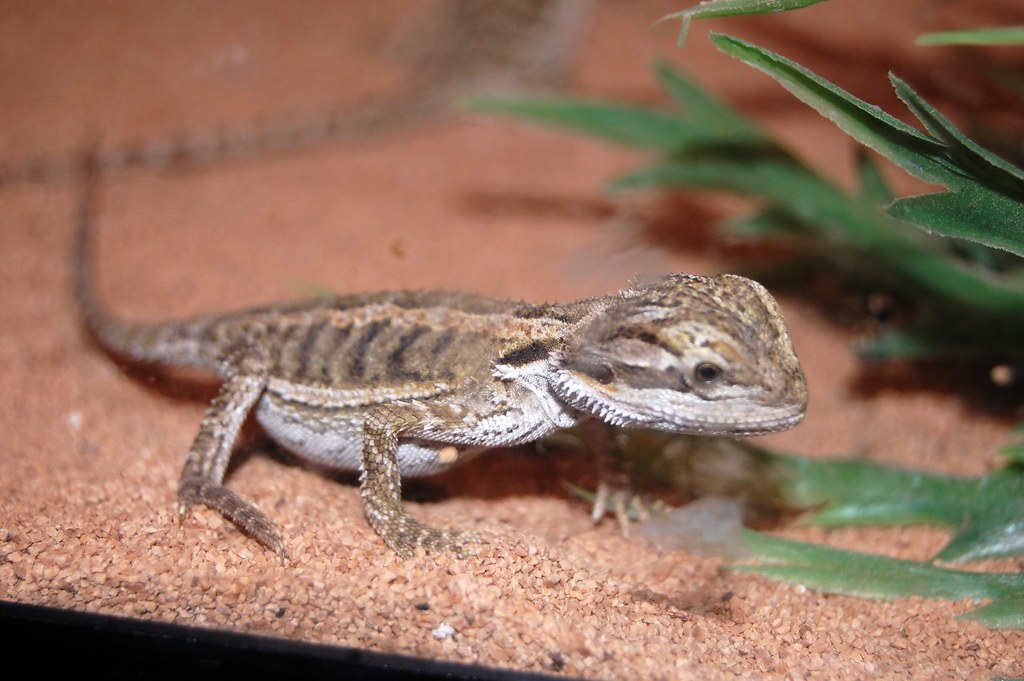
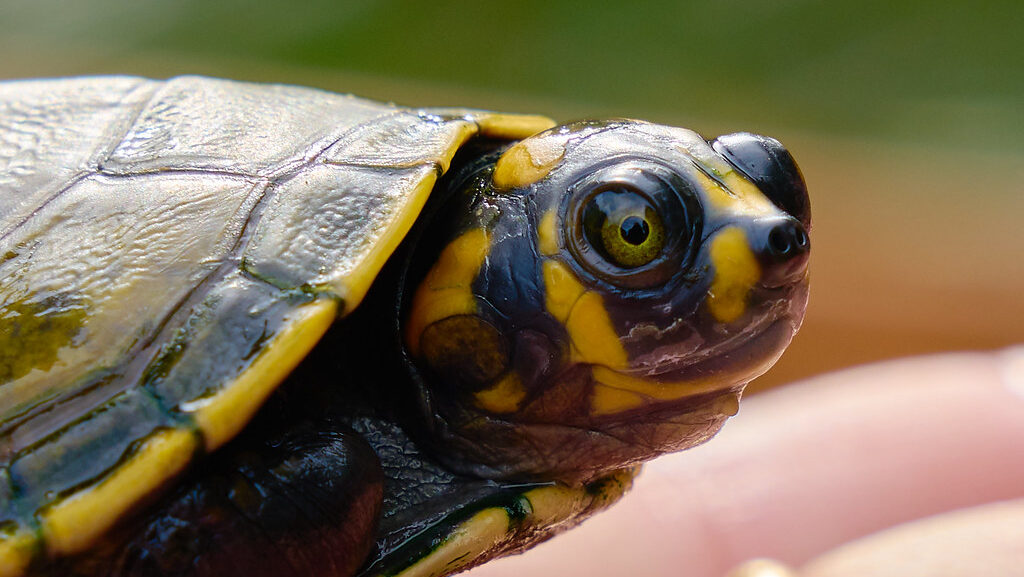
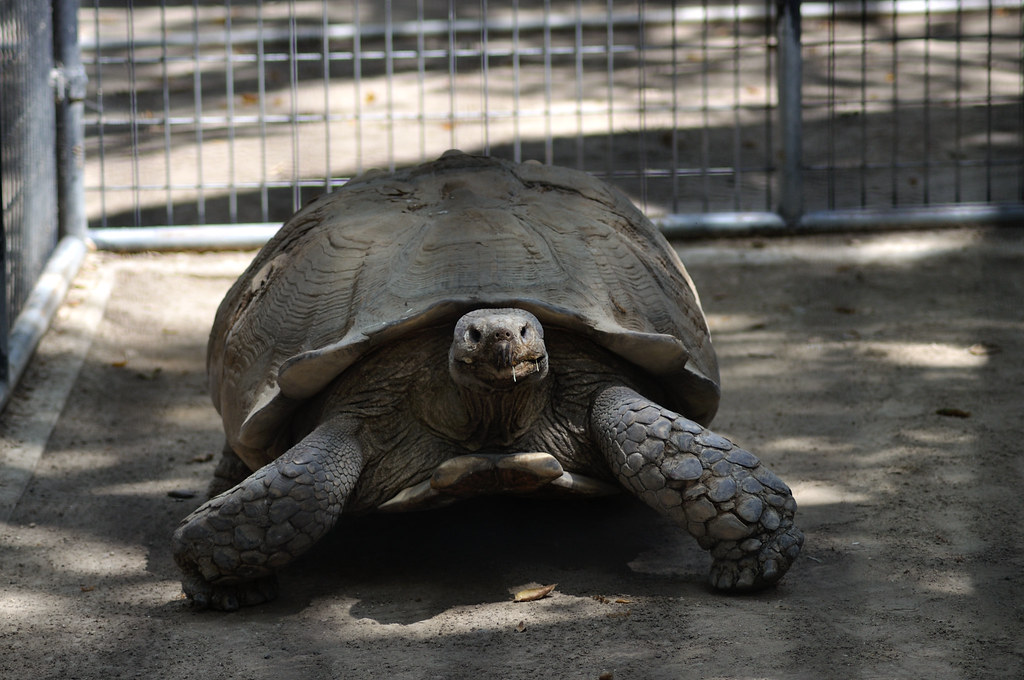
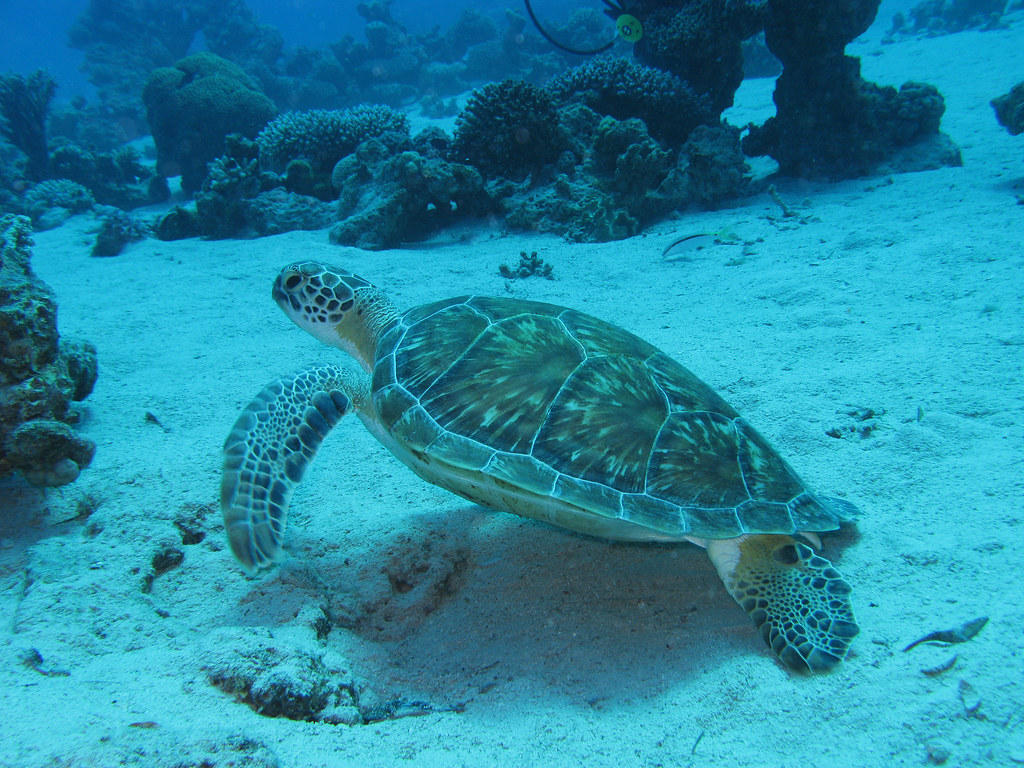

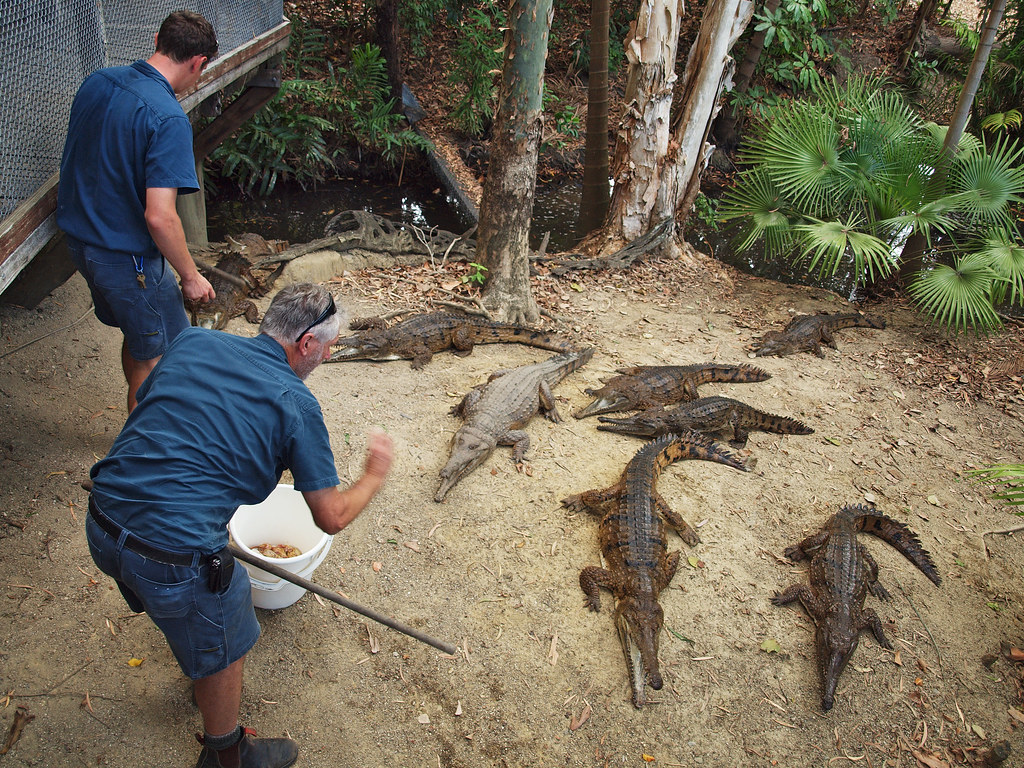
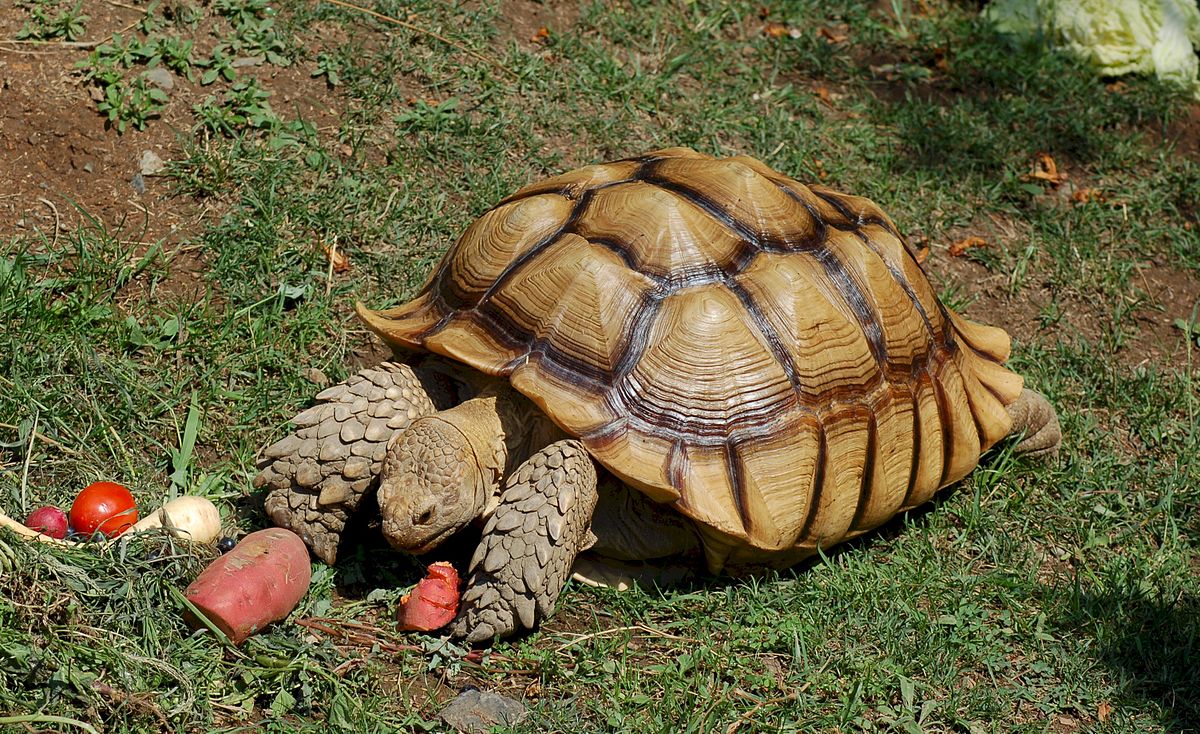
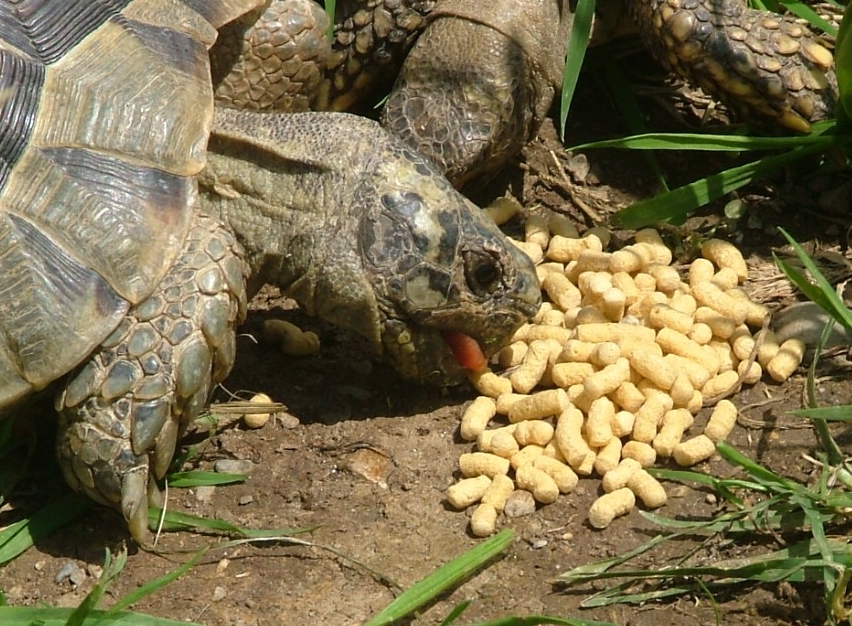
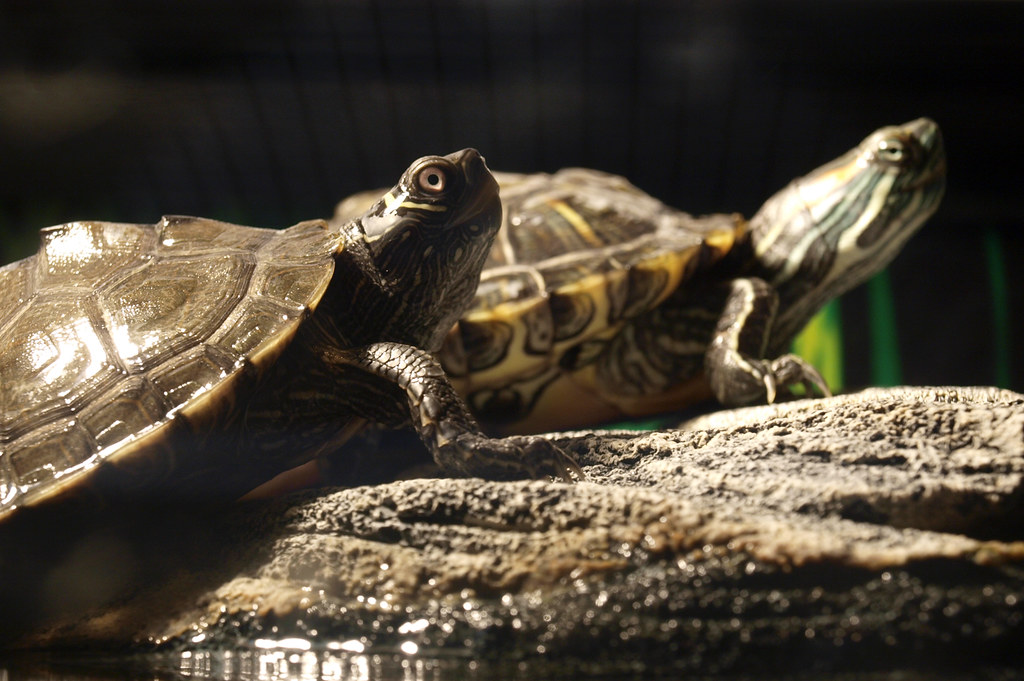




Leave a Reply